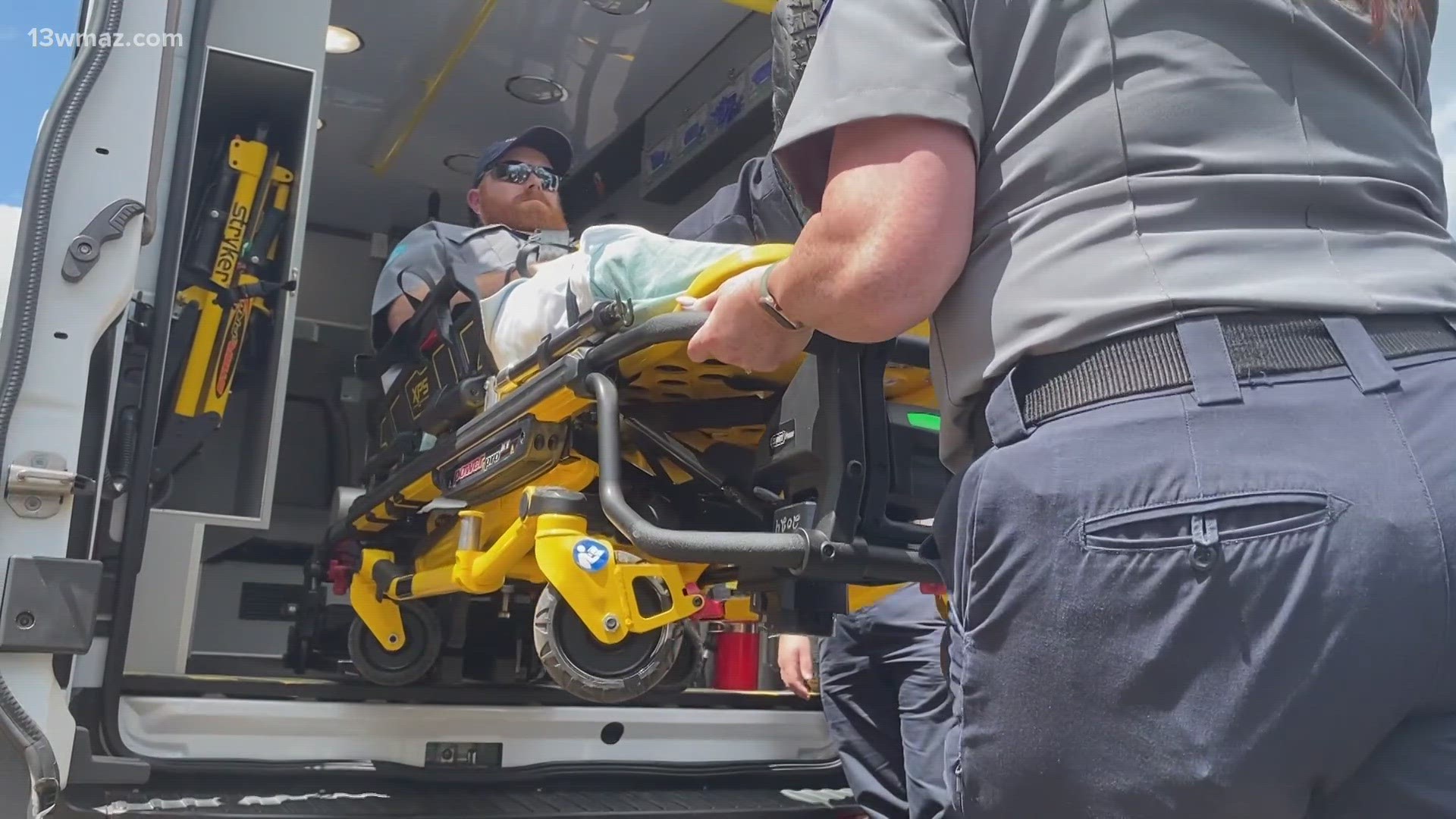![smallpox-vaccine [ID=12378543]](http://moc-assets-prod.gannett-cdn.com/-mm-/3d5569507733ca056af5edaf0a2a8036c559fb13/r=500x375/local/-/media/WMAZ/WMAZ/2014/07/08/1404854780000-smallpox-vaccine.jpg)
Scientists last week discovered several vials of smallpox — one of the deadliest diseases known to man — in an unused storage room at the National Institutes of Health in Bethesda, Md., according to officials at the Centers for Disease Control and Prevention.
Officials say there's no health risk from the vials — either to NIH employees or the public. The vials of smallpox, which apparently date to the 1950s, were "immediately secured" in a CDC containment lab, according to a CDC statement. NIH officials alerted the CDC about the smallpox July 1.
Smallpox killed about one-third of its victims and is estimated to have killed up to 500 million people in the 20th century. It devastated populations around the world for at least 3,000 years until being officially eradicated by vaccines in 1980. There is ongoing concern that smallpox could be used in a bioterrorist attack.
The smallpox samples were found in a lab run by the Food and Drug Administration. Scientists discovered the vials when preparing to move to the FDA's main campus in Silver Spring, Md.
A government aircraft took the smallpox vials to CDC's high-containment facility in Atlanta on Monday, according to the CDC statement. Overnight genetic testing in a top-security lab confirmed that the vials did indeed contain smallpox, but CDC officials say they will need to do additional tests to find out whether the smallpox is viable or able to reproduce and spread. Testing could take up to two weeks. CDC scientists will destroy the smallpox samples after finishing the tests.
The World Health Organization has designed two storage sites for smallpox, one at the CDC in Atlanta and one at the State Research Center of Virology and Biotechnology (VECTOR) in Novosibirsk, Russia. The WHO oversees the inspection of both facilities and certifies their safety and security.
CDC has alerted WHO about the discovery and has invited the WHO to join its investigation of how the smallpox wound up in Bethesda. If the vials contain viable smallpox, the CDC will invite WHO officials to witness their destruction, the usual practice when smallpox has been found outside of official storage sites, the CDC says.
The CDC's Division of Select Agents and Toxins and the Federal Bureau of Investigation are investigating how the smallpox vials were originally prepared and stored in Bethesda.
The discovery marks the second episode this summer in which federal agencies were concerned about potential exposure to a killer bug. In June, the CDC announced that up to 75 of its scientists may have been exposed to live anthrax bacteria after a safety lapse. Many were treated with antibiotics as a precaution, although none had symptoms.
Infectious disease expert Michael Osterholm says the smallpox discovery did not pose a safety risk.
"If smallpox were to occur in a few people in a lab because they handled a vial of variola," the scientific term for smallpox, "I am convinced that the global public health community would squelch that very quickly," says Osterholm, director of the Center for Infectious Disease Research and Policy at the University of Minnesota.
Osterholm, who served as an adviser to the Bush administration on bioterrorism, says smallpox is far less contagious than influenza. Its telltale symptoms of body-wide blisters would allow patients to be diagnosed and treated. Osterholm notes that that vaccination is effective even after exposure. An accidental release of a killer flu strain would be far more difficult to control, he says, because the flu spreads much more easily and because its symptoms can mimic those of other respiratory bugs. He praised the way NIH handled and publicized the discovery.
Osterholm says it's not totally surprising to find smallpox in an unused storage area. Still, he says it's likely that other labs will look a bit more carefully to see if they also have any aging vials with surprising labels.
"The freezers of the microbiology labs of the world are a lot like the trunks in your attic. When you open them up, sometimes you are surprised," Osterholm says. "Most people have already gone through their freezers, but some freezers get missed."


